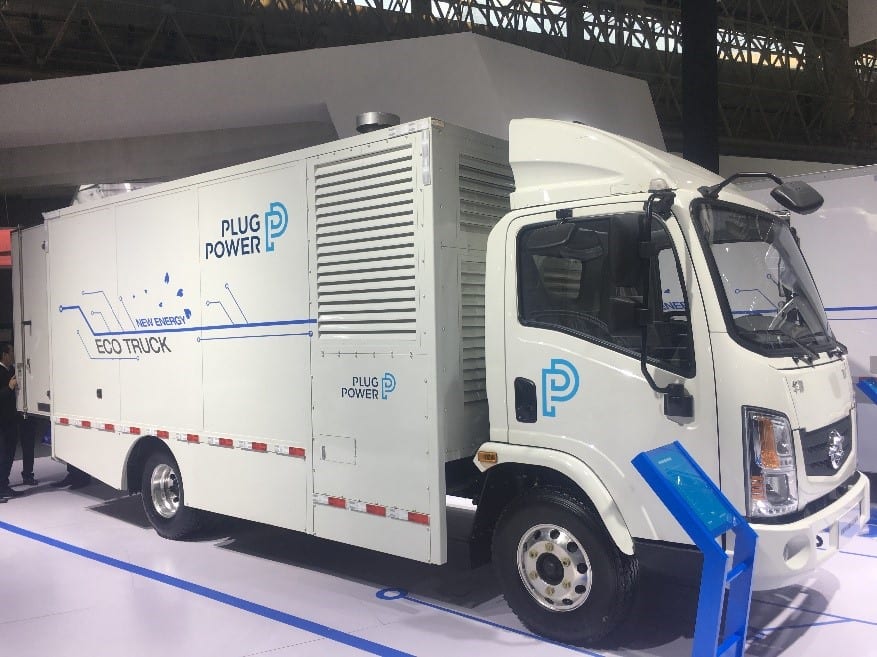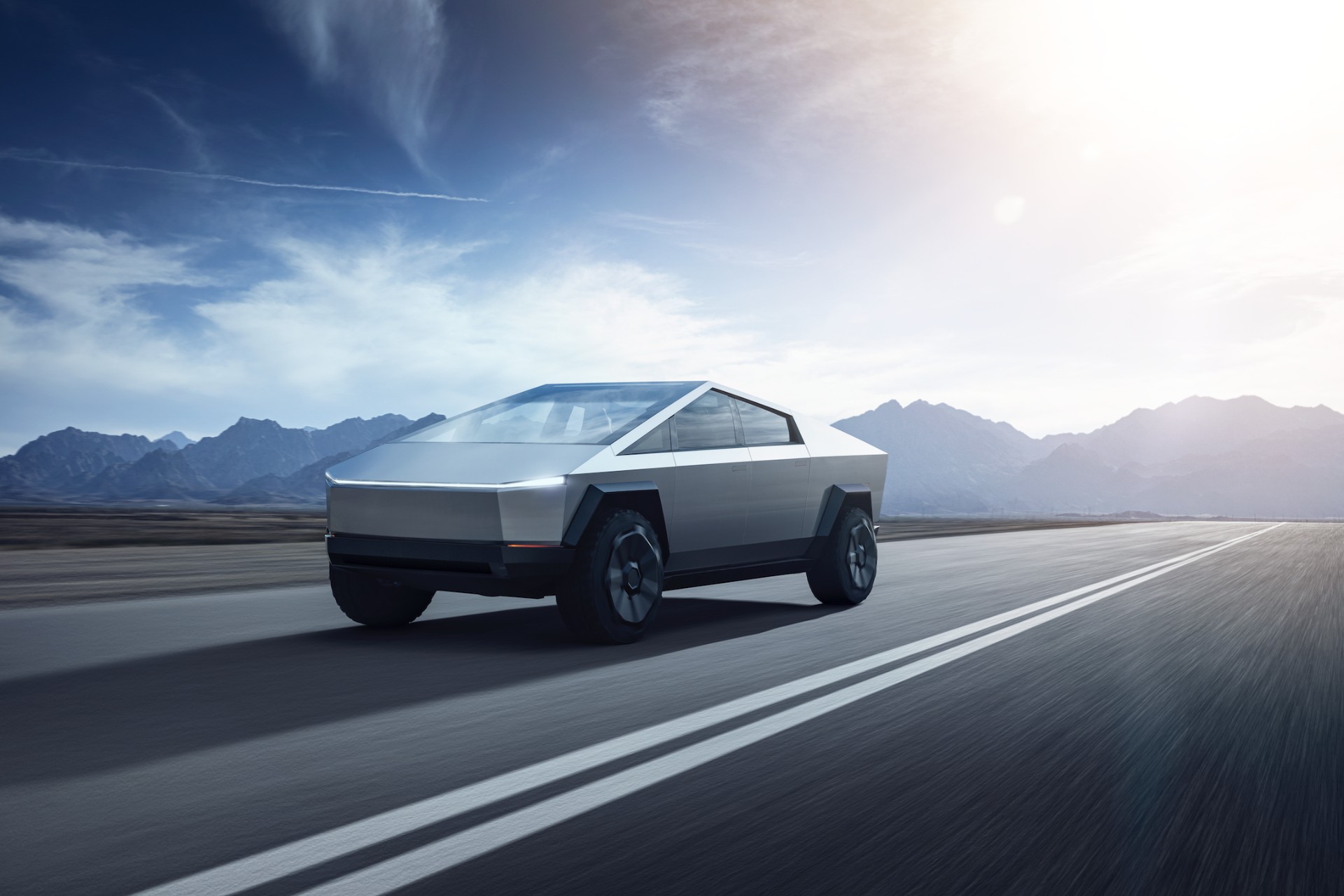To make it into fuel for fuel-cell vehicles, the hydrogen must be compressed. the present standard is 10,000 pounds per square inch, which also is designated as 700 bars. it is then chilled to keep it from heating and expanding as it is pumped into the vehicle. that equipment is part of the fueling station. Nikola corp on tuesday discloseddetails for the rollout of its hydrogen fuel-cell-poweredproduct lineup, including vehicles with a driving range of up to900 miles. the lineup includes a hydrogen fuel-cell electric vehicle(fcev) variant of t. The university of california at irvine has operated a public hydrogen station for a dozen years without incident, says carl baust, alternative energy projects specialist for the orange county fire authority. several other hydrogen stations opened in southern california and the sacramento area to fuel test the vehicles that have been plying the state's highways since 2002. so far, they also have been incident-free. in 2001, researchers at the university of miami's college of engineering set fire to the hydrogen in a tank mounted in an suv and later punctured the fuel line on a conventional gasoline-powered vehicle and set the leaking gas on fire. the burning hydrogen versus gasoline test showed that flames caused \\"severe\\" damage to the gasoline vehicle, whereas the hydrogen vehicle was undamaged because the burning hydrogen gas vented up and away from the vehicle.
Want to spend less money on gas? here are the top 10 fuel-efficient vehicles you should drive. elevate your bankrate experience get insider access to our best fuel cell vehicle goals financial tools and content elevate your bankrate experience get insider access t. A fuel filter is a very important aspect of your car's maintenance and overall performance. the fuel filer should be changed every two years or 30,000 miles.

Fuel Cell Vehicles Benefits And Challenges
Here's what you need to know about these cars and the safety of this unfamiliar fuel. the vehicles don't need gasoline. they aren't tied to an electric plug. they produce zero emissions from the tailpipe and can deliver 300 miles or more per tank of fuel. they can be refilled as fast or faster than a conventional car with a 15-gallon gas tank. after extensive testing, researchers say they are as safe to drive as gasoline cars. the short answer is that hydrogen behaves differently from gasoline. but generally it is about as safe as the gasoline we now put in most vehicles' fuel tanks. in fact, the average gasoline tank holds three to four times the energy and thus three to four times the explosive power of the hydrogen tanks that the first fuel-cell electric vehicles will be using. its vapors don't pool on the ground, as do gasoline's heavier-than-air vapors. so in most cases, hydrogen doesn't present as great a fire or explosive danger. to further minimize the potential for explosion, almost all hydrogen fuel stations store the gas above the ground in well-vented areas. the vehicles themselves have arrays of hydrogen sensors that sound alarms and seal valves and fuel lines in case of a hydrogen leak. additionally, the pressurized tanks that hold the hydrogen have been tested repeatedly and found to be safe in collisions. Fuel cell vehicles are being developed because they promise to meet the requirements expected of automobiles in a market increasingly constrained by environmental and resource limitations. air pollution and oil dependence have been persistent challenges for vehicles powered by petroleum fuels (gasoline and diesel). Looking for the perfect ride with great gas milage? we have the top-rated picks, including hybrid and electric. this page is for personal, non-commercial use. you may order presentation ready copies to distribute to your colleagues, custome.
Toyota selected eight california inaugural dealers for the mirai launch. there are three in the san francisco bay area, one near sacramento and two each in los angeles and orange counties. honda hasn't yet announced its rollout plans. the toyota dealerships are san francisco toyota, stevens creek toyota (san jose) and toyota of sunnyvale in the bay area, roseville toyota near sacramento, and longo toyota (el monte), toyota santa monica, toyota of orange and tustin toyota fuel cell vehicle goals in the south. Fuel card is nontransferable. the mirai is a hydrogen-powered fuel cell electric vehicle that must be fueled at hydrogen stations conforming to the latest society of automotive engineers (sae) hydrogen fueling interface protocol standards or laws that may supersede such sae standards.
See full list on edmunds. com. Honda has only sold 1,617 clarity fuel cell vehicles in nearly fuel cell vehicle goals four years and the company is "pursuing multiple zev (zero emission vehicle) pathways" in an effort to reduce co2 emissions, a. See full list on edmunds. com. Today's vehicles run on a variety of fuels, some of which you probably aren't aware of. while it's true than the vast majority of vehicles run on gasoline, the technology to burn other fuels to meet our transportation needs does exist, with.
Move Over Evs Hydrogen Fuel Cell Vehicles May Soon Pass You By Computerworld
Fuel-efficient vehicles are becoming more and more common. check out these great articles about fuel-efficient vehicles from howstuffworks. advertisement fuel-efficient vehicles are extremely important. because we need to cut our fuel consu. Honda ceo toshihiro mibe said the company expects that 40% of all of its north american vehicle sales will be battery or fuel-cell powered by 2030, and 80% of all vehicles sold will be battery.
Fuel cell vehicle an overview sciencedirect topics.
Fuel Cell Vehicles Automobiles
Additionally, fuel-cell systems are much lighter and smaller than the battery packs that dominate plug-in electric drive systems. that means they can be more easily scaled up without the weight penalties that make plug-in systems impractical for large sedans, suvs and pickup trucks. so while battery-electric vehicles tend to be compact and subcompact models with limited range and lengthy recharging times, fuel-cell electric vehicles are quick and easy to refuel. fuel-cell systems could power everything from minicars to large pickups. they also are true zero-emissions vehicles, as clean as battery-electric cars on the road. they are also almost as clean on a well-to-wheel basis, says steve ellis, american honda's national fuel-cell marketing manager. By 2025, hyzon’s expected turn-key capacity will be more than 40,000 fuel cell vehicles annually. tackling obstacles. of course, reaching that goal means overcoming some sizable challenges. specifically, the initial high cost of fuel cell vehicles and hydrogen infrastructure, hyzon motors ceo craig knight tells industryweek. A fuel-cell vehicle (fcv), such as the clarity fuel cell, is a long-range all-electric vehicle that uses a fuel-cell stack to create electricity on demand. although it’s an electric vehicle, there is never a need to “charge” the car with a plug. instead, it can be simply refueled in 3 to 5 minutes at a hydrogen station. Hydrogen is the most common element on the planet, so there are no worries about shortages. it rarely exists as free hydrogen, however. it usually is bound to something else, like hydrogen in water or in natural gas.



Hydrogen fuel cell vehicles represent the future of the automobile and will eventually surpass electric vehicles in sales, according to a washington-based research firm. by lucas mearian senior reporter, computerworld hydrogen fuel cell v. Fuel-cell stacks typically are sized to produce just slightly more power than the vehicle can use under normal acceleration and cruising conditions. the excess, augmented by electricity from fuel cell vehicle goals the vehicle's regenerative braking system, is stored in a small lithium-ion battery for use when the vehicle needs an extra burst of power.